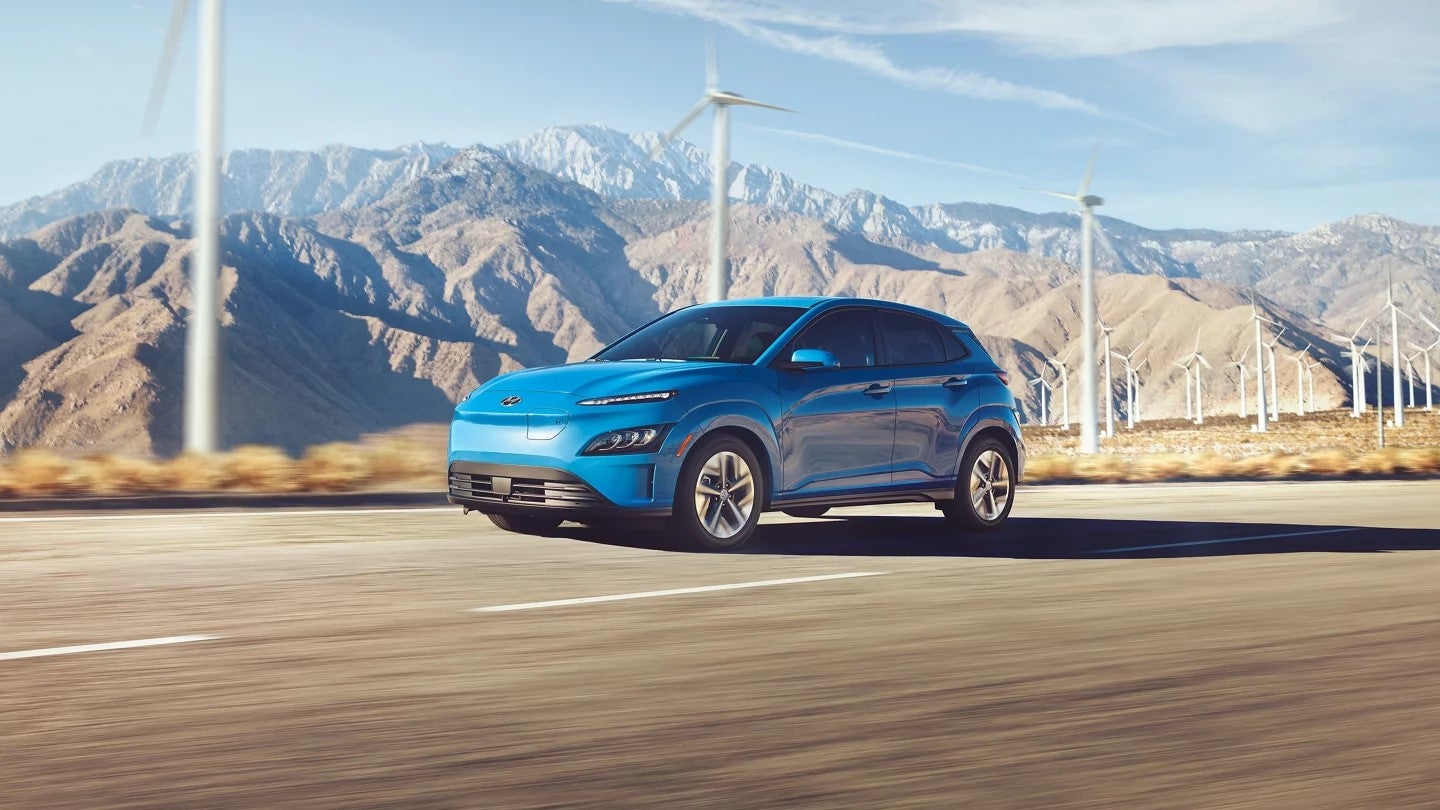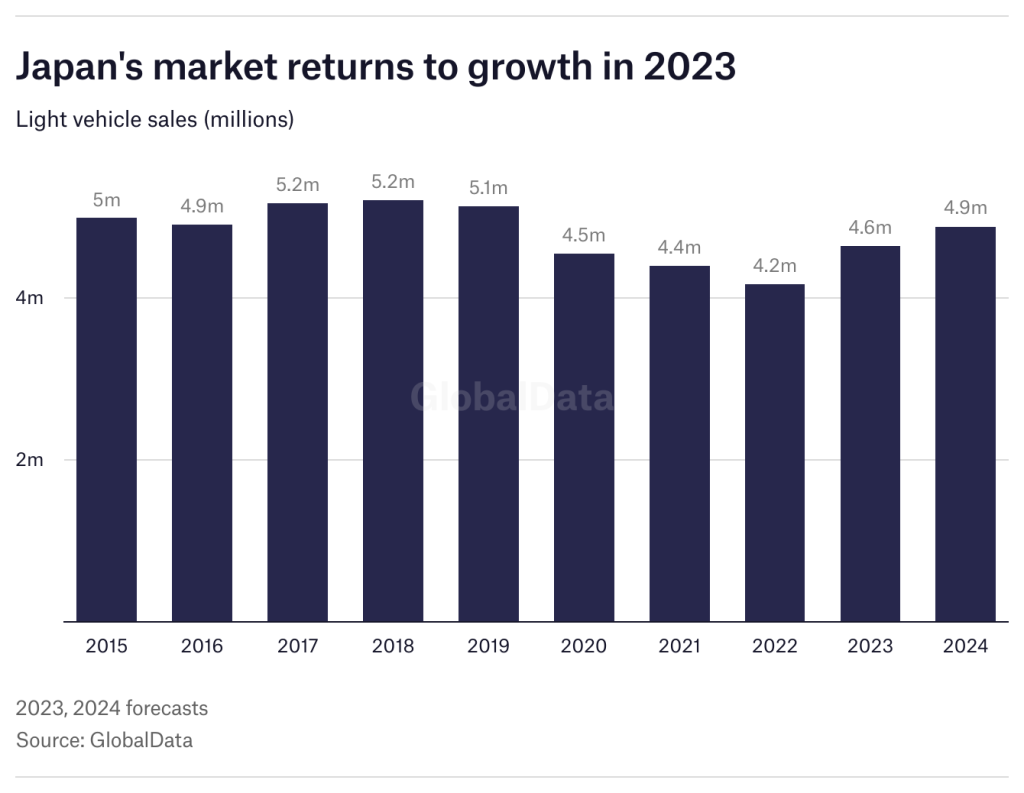
Japan’s new vehicle market expanded by almost 11% to 437,493 units in September 2023 from 395,163 units a year earlier, according to registration data released by the Japan Automobile Manufacturers Association (JAMA).
The September result continues an improving market trend from August. The Japanese market accelerated strongly in August after slowing sharply for three straight months previously. The August selling rate reached a robust 5.36 million units/year, up 28% from a weak July.
The strong August and September market numbers reflect a big catch-up in production and sales, as sales in June and July were hampered by supply constraints and the severe heat wave across much of the country.
While the situation remains fluid, production and supply are returning to the pre-pandemic levels and delivery periods are shortening. It is reported that the waiting period for some popular models, such as the Honda N-Box Mini Car and the Nissan Note, has shortened to one to two months.
Buyers of the Honda Civic and Freed still have to wait for three months for delivery, but that’s better than six months quoted in May. Some models, however, still have a long delivery period, including the popular Toyota Aqua hybrid (five months) and the Honda ZR-V hybrid (more than six months). As fuel prices remain very high, demand for hybrids has been rising.
Economy perks up on stronger exports, weak yen

US Tariffs are shifting - will you react or anticipate?
Don’t let policy changes catch you off guard. Stay proactive with real-time data and expert analysis.
By GlobalDataThe country’s economy expanded by a revised 4.8% year-on-year in the second quarter, driven mainly by a rebound in exports after last year’s manufacturing disruption, following 2.7% growth in the first quarter. Household spending in the country has slowed significantly in recent months, however, as consumers struggle with fast-rising prices.
Exports (both goods and services) have been particularly strong, thanks to a weak yen, the fading impact of supply-chain disruptions and the return of foreign tourists. However, private consumption, which account for more than half of GDP, declined QoQ in Q2, undermined by high inflation.
First nine months sales up 16%
In the first nine months of 2023 the vehicle market expanded by almost 16% to 3,607,486 units after declining by 10% to 3,120,718 in the same period of last year. Passenger vehicle sales rose by almost 18% to 3,012,626 units, while truck sales were 6% higher at 588,881 units. Sales of buses and coaches surged by 49% to 5,979 units, as demand for travel continued to recover following the Covid lockdowns.
Toyota’s sales increased by 29% to 1,208,341 units year-to-date following severe supply chain shortages last year; while Suzuki’s sales rose by over to 12% to 493,936 units; Daihatsu 441,603 (+9%); Honda 424,385 (-1%); Nissan 372,130 (+8%); and Mazda 139,161 (+14%).
Hyundai Motor said it plans to strengthen its zero-emission vehicle range in Japan by adding two electric vehicle models, the Kona Electric and the Ioniq 5 N performance model. The company already sells the Nexo hydrogen fuel-cell car and the Ioniq 5 crossover vehicle there directly through its online sales platform, although it also has customer experience centres and service outlets.
Market forecast
According to GlobalData, the Japanese light vehicle market is forecast to grow by around 11% to a little over 4.6 million units in 2023, after four consecutive years of contraction. That will be still lower than over 5 million units per year in 2017-2019.
While supply is catching up, demand may be losing some steam in the face of sticky inflation, a weak yen, and global uncertainty. The headline consumer confidence index and all of its five sub-indices (including willingness to buy durable goods and expectation for job and income growth prospects) edged down in August – the first fall in nine months. Over 90% of households now expect that inflation will continue to rise over the next year. That suggests that Japanese consumers who are very cautious about spending will become even more cautious in the coming months.
GlobalData is therefore cautious in its forecast for 2024 with a projected 5% gain to a little under 4.9 million units.




